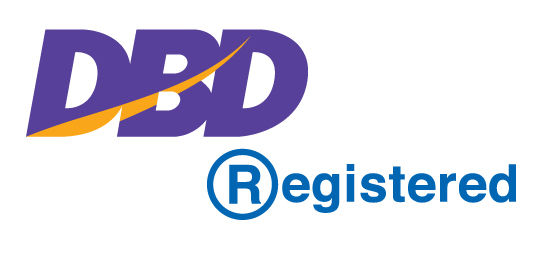You have no items in your shopping cart.
personal safety equipment
Personal safety equipment, also known as Personal Protective Equipment (PPE), comprises various items designed to protect workers from health or safety risks on the job. The use of PPE helps to minimize exposure to hazards that cause serious workplace injuries and illnesses. These injuries and illnesses may result from contact with chemical, radiological, physical, electrical, mechanical, or other workplace hazards. The type of PPE required depends on the potential risk and the circumstances of each workplace.
Types of Personal Safety Equipment:
Head Protection: Hard hats and helmets protect against falling objects, head impacts, and other injuries.
Eye and Face Protection: Safety glasses, goggles, face shields, and visors protect against dust, splashes, impacts, and radiation.
Hearing Protection: Earplugs and earmuffs protect against noise-induced hearing loss in high-noise environments.
Respiratory Protection: Masks, respirators, and breathing apparatus protect against inhaling hazardous substances, including dust, fumes, vapors, and gases.
Hand and Arm Protection: Gloves and arm guards protect against cuts, abrasions, burns, exposure to chemicals, and electric shocks.
Body Protection: High-visibility clothing, lab coats, coveralls, and full body suits protect against extreme temperatures, chemicals, and impacts. Specialized clothing may also include flame-resistant and antistatic garments.
Foot and Leg Protection: Safety boots and shoes with reinforced toecaps protect against falling objects, punctures, and slips. Specialized footwear may also include insulation against extreme temperatures and electrical hazards.
Fall Protection: Harnesses, lanyards, safety nets, and anchor points protect against falls from height.
Selection and Use:
The selection of PPE must be based on a thorough hazard assessment of the workplace, considering the type, level, and duration of exposure to hazards. Proper training on the correct use, maintenance, and limitations of the PPE is essential for it to be effective. PPE should fit comfortably, allowing for full movement and function while providing the maximum level of protection.
Maintenance:
Regular maintenance, cleaning, and inspection of PPE are crucial to ensure it remains effective. Damaged or defective equipment must be repaired or replaced immediately.
In conclusion, personal safety equipment is a critical component of workplace safety, playing a vital role in protecting employees from a wide range of hazards. Proper selection, use, and maintenance of PPE are essential to ensure the health and safety of workers in various industries.
























































